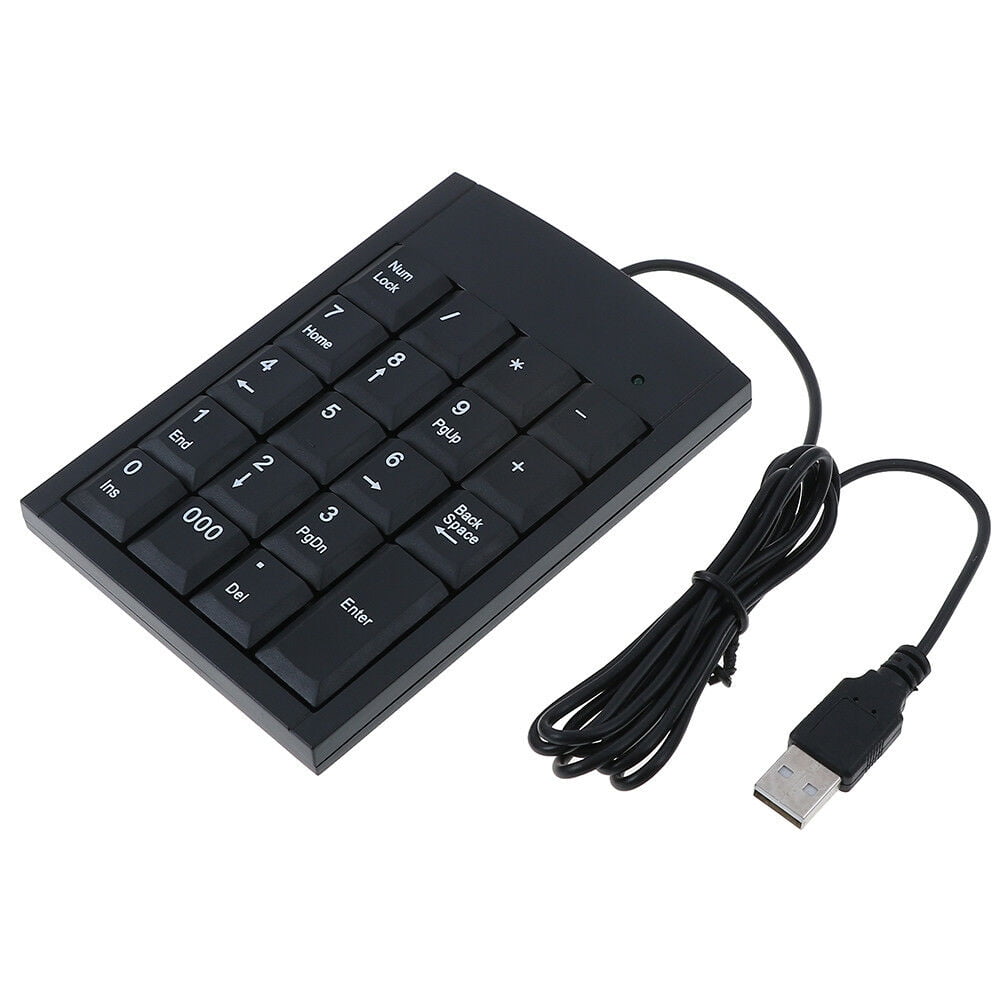Pin pads or keypads for doors are either connected to a central access control system, standalone pin pads, keypads on door locks or deadbolts or IP connected pin pads. Sometimes for the purpose of time and attendance they are paired up with biometrics since PIN codes can be passed on. That's by the way a big reason Kisi currently does not offer PIN codes.
Lenovo IdeaPad L340. The Lenovo IdeaPad L340 is on top of our list and it’s there for several. Alt Code symbols on Laptop keyboard Guide on making symbols by using Alt codes on laptop keyboard. Article shows where are number pad keys on laptops located and describes how to type Alt codes using it. You'll know how to do Alt-key codes on a laptop after reading this.
Also known as a numeric keypad, number pad, or ten key. A numpad is the palm-sized, 17-key section of a standard computer keyboard. A numeric keypad is helpful when you are stuck working with a laptop or mobile device that doesn’t have one. Connecting a keypad makes it easier and faster to compute numbers, especially with financing projects. The Jelly Comb USB numeric keypad is a great option for quickly connecting a. Shop for numeric keypad at Best Buy. Find low everyday prices and buy online for delivery or in-store pick-up.
What is a Keypad Lock?

At its simplest, a keypad is a set of buttons complete with all alphanumerals and a couple of symbols. While the look of the keypad has not evolved significantly since its invention in the 1960s, its functionality has expanded widely. From the telephone pad, the invention (and demise) of short message texting, to the intercom at your lobby, the keypad has become a ubiquitous element in everyday life.
Keypad Lock On Door
Keypads on door locks might be most familiar from restroom type of scenarios where Starbucks doesn't want you to use the restroom without you buying a drink. In return they print the PIN code for the bathroom on the payment receipt. If you are a regular you know the code, since it typically hardly ever changes. That's exactly the problem with PIN codes - if you change the PIN, no one gets in anymore.

Kisi's opinion: Standalone door lock pin pads are an entry level choice for a single, uncontrollable point of entry to convert that to a locked door in a fast and efficient way.
Standalone PIN
Standalone PIN pads typically come as flush mount, single-gang design which is easy for installation into drywall, or single-gang electrical boxes. They typically can support different types of PINs and between 1 and 6 digit codes. If the master code is entered, codes can be changed. That's a big vulnerability. A popular higher end Pin Pad version would be 212iLM by Nortek Controls.
Kisi's opinion: PIN pads can be a great addition to electric access systems for the purpose of backup in case something goes wrong. That way no one needs to know the PIN code.
Keypad Access Control: Wiring an Electromagnetic Lock
Keypad Access Control: Basic Access Control Using an Electric Door Strike
Keypad Access Control: PIN and Proximity Readers
Many blue collar work jobs and industrial environments use PIN pads for the purpose of time and attendance tracking. This use-case makes it especially vulnerable to passing on the PIN code to coworkers who 'badge in' for you.
Kisi's opinion: For those scenarios, most likely a biometric solution would make more sense.
The keypad is also a mainstay in the world of access control today. The modern office with electronic locks utilizes a keypad either as a secondary access option, alongside another security access control system, or as a stand-alone access point (usually for backroom storage). Often, the keypad is integrated into another security system, such a card for readers or inbuilt with fingerprint scanners on each button. The ease in which it can be installed also makes it a very common accessory for electronic locks, most notably magnetic locks and sometimes electric strikes too.
Keypad Locks for Door Control Systems
Keypad Number 5
While keypads remain very useful for security systems, the reason why they have fell down the pecking order is simple: it is not a secure solution to make an office safe, only a convenient method to gain access. While a keypad does away with physical keys and other security tokens, information as access means a PIN can be shared an infinite number of times between people, regardless of permission levels. Such a system is largely contingent on trusting users with confidential information.
Number Keyboard
In addition, it is difficult to hold anyone accountable should a security breach occur, especially if the PIN information is widespread between users of the space.As such, security tokens have displaced keypads as the primary mode of access in security systems today. In addition, there has been significant innovation in the way of minimizing the inconvenience affiliated with such tokens, such as authenticating access on your mobile phone, or creating a more sensitive reader that eliminates the need to scan key cards at very close proximity.
